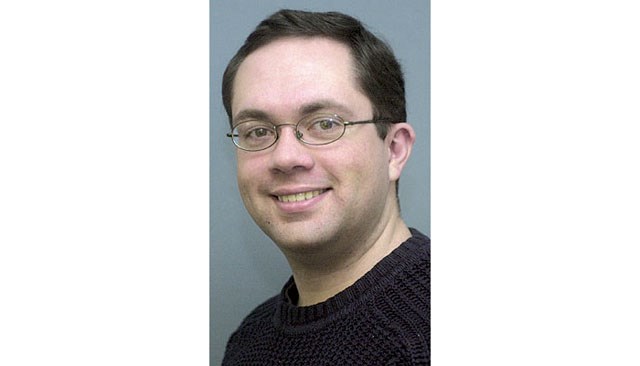In the past couple decades, we’ve had every kind of detective show you can think of: doctor detectives, crime-solving lawyers, cops of every description, friendly vampires, monks, guys named Monk, aliens, time travellers, and even Mounties.
So when do we get CSI: Isaac Newton?
This sounds like the setup for a bad comedy sketch (like Karl Marx: Pet Detective, or Davey Crockett and the Case of the Missing Bear).
But Newton is probably one of the easiest historical figures to build into crime-fighting anti-hero. Because he was a crime-fighting anti-hero.
In 1694, Newton was in his 50s.
He’d invented calculus, discovered laws of motion and gravity, studied optics, and had generally cemented his reputation among Europe’s scholars as one of the smartest human beings who had ever lived.
He was, however, not the most beloved human being in Europe.
He was obsessed with alchemy and odd religious ideas. He had feuded for years with Gottfried Leibniz, the German mathematician who had also invented calculus independently of Newton.
Newton’s personality was, by most accounts, somewhere between “prickly” and “total jerk.”
But he did have friends, who believed that he deserved some reward for helping drag human knowledge forward by pure brainpower.
They got him a government job, as Warden of the Mint, and later Master of the Mint.
These jobs could have been sinecures — no one would have noticed if Newton had parcelled out the work to flunkies and showed up a couple times a year to collect his paycheque.
Instead, he decided to hunt counterfeiters.
Newton took over at the Royal Mint as England was trying to fix its debased, screwed up, and approximately 20 per cent counterfeit coinage.
The Great Recoinage tried to deal with clipped and debased coins — old coins had their edges “clipped” to remove pure silver, which is why coins for 300 years have had ridged edges.
But Newton really didn’t like the “coiners,” counterfeiters who could duplicate the then-new ridge-edged coins.
As the Bank of England was also starting up, and paper money was starting to circulate, some of them also got into forging bills at the same time.
William Chaloner was the king of the coiners, a poor boy who had run away to the city of London to start a life of crime. Eventually he became so wealthy that he lived as a gentleman, and publicly denied any criminal wrongdoing while testifying before Parliament.
He even insulted Newton publicly, and had derogatory pamphlets printed about the Master of the Mint.
Newton did not care for the insults.
Over a two-year period, he pursued evidence against Chaloner personally, sometimes disguising himself to investigate criminal dives, interrogating about 100 people, and building a net of informers.
He saw Chaloner arrested, released, and finally recaptured. Chaloner was tried, buried under a mountain of evidence, and hanged in 1699.
But Chaloner was just the Moriarty to Newton’s Holmes. Newton may have seen up to two dozen people convicted and hanged for forgery.
Early on in his tenure at the mint, Newton discovered that chasing criminals was part of the job description.
He wrote a letter asking to be let out of that particular job, but was denied.
But once he started, he was as dogged as he was in pursuit of scientific truth.
Matthew Claxton is a reporter for the Langley Advance.



